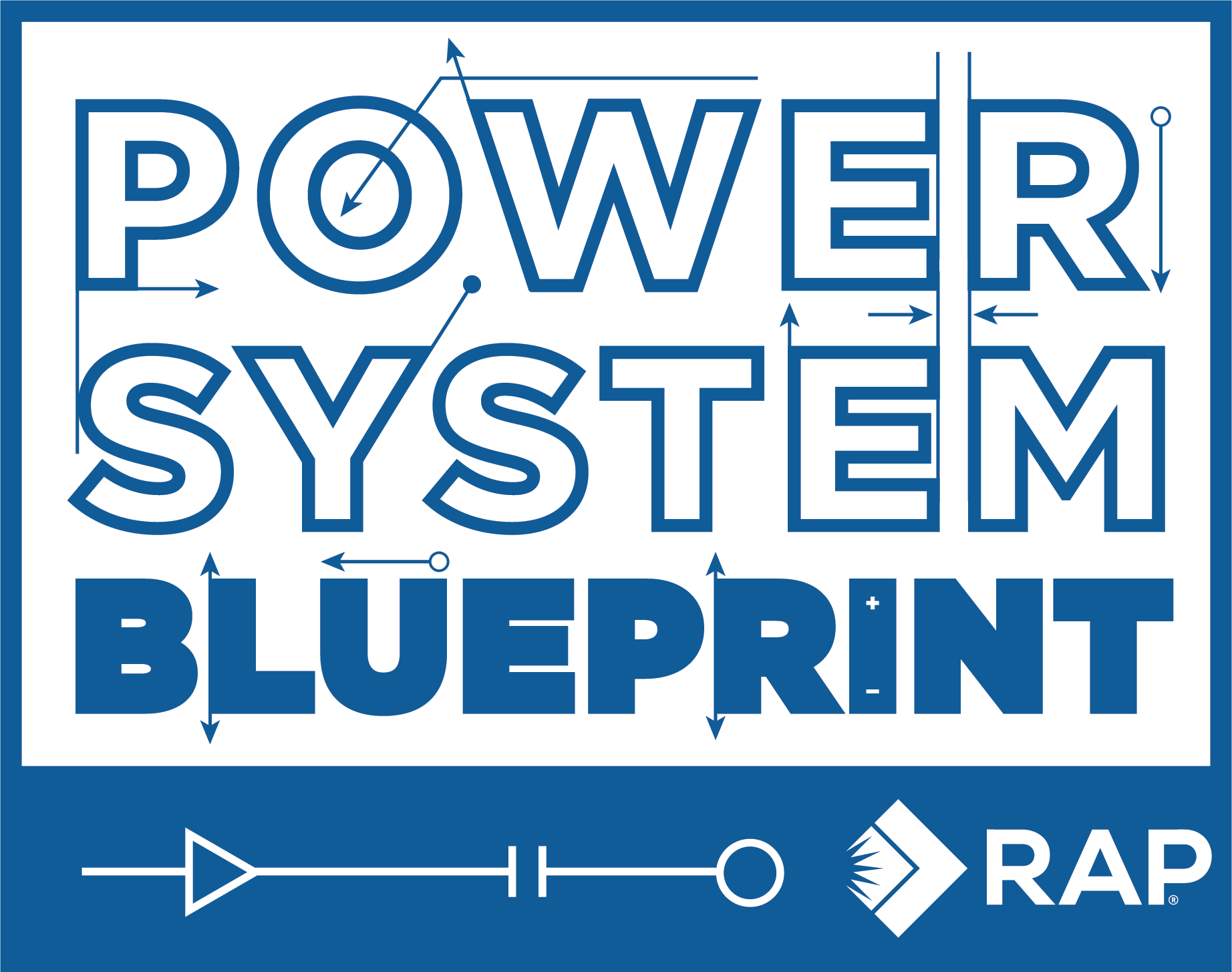SUMMARY
Non-discriminatory market access for demand-side flexibility is essential, ensuring active customers are fairly rewarded for the value they create in the system, whether they participate directly or via an aggregator. In keeping with the Energy Efficiency First Principle, this should minimise total system costs by guaranteeing the most efficient solution is chosen, for example, when balancing the system, providing grid services and ensuring resource adequacy.
Full market access requires the eligibility criteria, auction design and service specifications of flexibility markets and grid services are free from bias towards generation. Alongside policies supporting consumer infrastructure, this is a key driver to building a flexible demand side, capable of responding dynamically system conditions and enabling deep, least-cost integration of renewable energy sources.
WHAT
Non-discriminatory market access for the demand side
HOW
Enforcement and amendment of EU legislation
WHO
EU & national legislators and regulators
WHEN
High urgency
Fully utilising the power of demand-side flexibility provides both day-to-day and long-term resource efficiency and system stabilization. This will allow Europe to rapidly integrate renewable generation without causing infrastructure costs — such as network constraints and upgrades — to spiral out of control.
The Clean Energy for all Europeans Package recognises this, with new requirements in the Electricity Directive — [Distributed Energy Resources/DERs] including the management of controllable loads through demand response — to be given non-discriminatory access to balancing and wholesale markets and adequacy schemes.
Under the Blueprint, capacity mechanisms are phased out. In the interim, however, it is essential that they also provide non-discriminatory access to demand-side resources and that such requirements are governed and enforced effectively under State aid rules.
Full market access requires more than surface-level eligibility. A demand-side service that is underused by network operators — or creates unnecessary barriers for active customers and aggregators — will not provide the flexibility needed to get to a reliable, efficient zero-emissions power system in the timeframe needed. Platforms and service specifications must be free from both:
Direct discrimination: Limiting the contribution of certain technologies, allocating different contract lengths to different technologies, or favouring new, centralised resources over existing, decentralized ones.
Indirect discrimination: Designing eligibility criteria, auctions and energy or capacity products and penalty regimes in a manner that inherently favours generation or other investments with high capital expenditure.
Indirect discrimination is particularly difficult to address. On the surface, the same rules apply to everyone. In practice, however, such rules can play out in favour of larger, centralised generators and other incumbentsincumbents Market leading entity, often long standing with inherited customers or assets following privatisation/unbundling. It may also hold market power. while introducing barriers to new entrant demand-side resources and demand response focused business models. It is especially important that aggregators, other demand-side resources and consumer groups stakeholders are included in the process of policy development. National and European policy makers, regulators and system operators should be under an explicit duty to seek, hear and investigate concerns over demand-side inclusivity.
Larger bid sizes present a significant and unjustifiable barrier to demand-side resources, even with aggregation. The EU’s Electricity Regulation requires that minimum bid sizes for day ahead and intra-day markets be 500 kW or less, but does not impose equivalent requirements for other platforms, such as capacity mechanisms. The European Power Exchange EPEX Spot SE has reduced its day ahead and intra-day minimum bid size to 100 kW, which is consistent with U.S. markets that have succeeded in facilitating.
In addition, longer lead times (of more than a year) between auctions and payment, e.g. in capacity mechanisms, may be too long for active customers and demand response aggregators to get a return on investments, especially when relying on debt financing. Cash collateral or credit cover requirements can impose a barrier for new demand-side market entrants, while incumbents can easily provide them. Derating factors — discounts on revenue related to perceived availability limitations — should not discriminate against time-limited resources in situations, where calling upon such resources on a rolling basis is a cost-effective and viable option. Time-bound services, including short, product-length options (minutes or hours), should be available where appropriate so that active customers are not required to be available for an unlimited or unspecified periods of time. Low-carbon generation, storage and demand-side technologies should also be able to bid together as Clean Energy Portfolios.
Active customers are not generators. They have a unique and valuable contribution to make to power system flexibility. Markets and services must quickly evolve in order tap into this potential. There is an urgent need for a robust, consolidated evidence centred on market barriers to demand-side resources in Europe. Based on these findings, the anticipated EU Network code for Demand-side Flexibility would seem an apt place to set out updated, binding requirements to ensure best practice.
The demand-side flexibility pyramid

System Security & Resilience
- Reduces demand spikes. Increases grid capacity
- Future-proofs grid for electrification
- Increases granularity of control so priority demand maintains power in emergency situations
- Frequency stabilization e.g. January 2021 system split French & Italian TSOs called upon 1.7GW interruptible industrial laod
Flexibility
Realisation of these benefits depends on market conditions, policy design and implementation
Sustainability
Environmental Sustainability
- Optimizes use of existing infrastructure assets
- Displaces fossil fuel peaking generation and enables higher proportion RES in energy mix
- Policy design should incentivize clean demand-size flexibility not onsite diesel generation
Affordability & Equity
- Accessbile, affordable flexible assets allows customers to reduce everyday electricity costs and to maintain safe temperature for longer during outages
- Reduces need for policy subsidies to support RES and resource adequacy assets and increasing reliability
- Lowers total system costs - avoided grid and generation investment
Source: RAP graphic
Key Recommendations
- Collect and consolidate data across all European countries on market barriers for demand-side resources, including indirect discrimination.
- Use evidence-base to articulate and standardize rules of best practice principles to ensure all markets actively facilitate demand-side flexibility. Require proper consultation with the demand-side flexibility sector, consumer groups and other new entrant stakeholders.
- Align State rules and other applicable competition law with energy markets regulatory requirements on market access for demand-side flexibility and interoperability of platforms.
References and Further Reading
- Hildermaier, J., Kolokathis, C., Rosenow, J., Hogan, M., Wiese, C. & Jahn, A. (2019). Start with smart: Promising practices for integrating electric vehicles into the grid. Regulatory Assistance Project.
- Sunderland, L., Jahn, A., Hogan, M., Rosenow, J. & Cowart, R. (2020). Equity in the energy transition: Who pays and who benefits? Regulatory Assistance Project.
- Rosenow, J. & Lowes, R. (2020). Heating without the hot air: Principles for smart heat electrification. Regulatory Assistance Project.
- Burger, J., Hildermeier, J., Jahn, A. & Rosenow, J. (2022). The time is now: smart charging of electric vehicles. Regulatory Assistance Project.
- Yule-Bennett, S. & Sunderland, L. (2022). The joy of flex: Embracing household demand-side flexibility as a power system resource for Europe. Regulatory Assistance Project.
- Pató, Z. (2022). Options for the better integration of demand-side resources. Regulatory Assistance Project.
- Hogan, M. (2023). Tapping the Mother Lode: Employing Price-Responsive Demand to Reduce the Investment Challenge. Regulatory Assistance Project.
- Armenteros, A., de Heer, H. & van der Laan, M. (2021). Flexible Deployment in Europe. USEF.
- European Commission. (2019). Clean Energy for All Europeans.
- European Commission. (2019). Directive (EU) 2019/944 of the European Parliament and of the Council of 5 June 2019 on common rules for the internal market for electricity and amending Directive 2012/27/EU.
- European Commission. (2019). Regulation (EU) 2019/943 of the European Parliament and of the Council of 5 June 2019 on the internal market for electricity.
- European Commission. (2021). Public consultation on the revised Climate, Energy and Environmental Aid Guidelines (CEEAG).
- Carbon Tracker. (2021). Foot off the Gas: Why the UK should invest in clean energy.
- SmartEn. (2020). The Implementation of the Electricity Market Design to Drive Demand-Side Flexibility.
- SmartEn. (2021). EU Market Monitor for Demand Side Flexibility 2020.
- Published:
- Last modified: July 1, 2025

 Quick guide on how to use this website:
Quick guide on how to use this website: